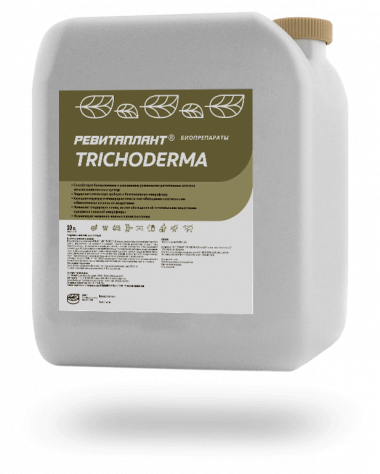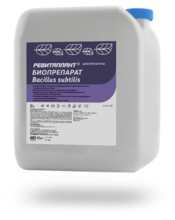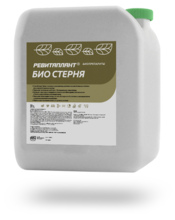Ingredients
| Biological components: Trichoderma spp | |||||||||||||
Goals / Purpose
| Crop | Input rate | Input stage | Remarks | |
|---|---|---|---|---|
| Crop: | Input rate: 1-2 l/ha Spray material consumption rate: if embedded into the soil – 300 l/ha, without embedment – 400 l/ha | Input stage: Plant residue treatment | Remarks: | Details |
| Crop: | Input rate: 1-2 l/ha Spray material consumption rate: if embedded into the soil – 300 l/ha, without embedment – 400 l/ha | Input stage: Plant residue treatment | Remarks: | Details |
| Crop: | Input rate: 1.5–2.5 l/ha Spray material consumption rate: if embedded into the soil – 300 l/ha, without embedment – 400 l/ha | Input stage: Plant residue treatment | Remarks: | Details |
| Crop: | Input rate: 1.5–2.5 l/ha Spray material consumption rate: if embedded into the soil – 300 l/ha, without embedment – 400 l/ha | Input stage: Plant residue treatment | Remarks: | Details |
| Crop: | Input rate: 1.5–2.5 l/ha Spray material consumption rate: if embedded into the soil – 300 l/ha, without embedment – 400 l/ha | Input stage: Plant residue treatment | Remarks: | Details |
| Crop: | Input rate: 1.5–2.5 l/ha Spray material consumption rate: if embedded into the soil – 300 l/ha, without embedment – 400 l/ha | Input stage: Plant residue treatment | Remarks: | Details |
| Crop: | Input rate: 3.5–4.5 l/ha Spray material consumption rate: if embedded into the soil – 400 l/ha, without embedment – 600 l/ha | Input stage: Обработка опавшей листвы осенью для профилактики развития заболеваний. | Remarks: | Details |
Description
Intensive soil use has led to a poorer natural farmland fertility, and first of all, humus, being the basis of it.
Decomposition of crop residues occurs due to the activity of various soil microorganisms, including fungi, involved in all the soil processes (ammonification, nitrification, biological nitrogen fixation and destruction of post-harvest residues), and contributing to soil fertility. But if the soil fungi rate is misbalanced, or there are no fungi in the soil at all, then the decomposition of crop residue significantly slows down or stops altogether. Because of this, it can remain on fields for several years.
To accelerate the decomposition of plant residues and replenish organic matter in the soil, it is necessary to use biological preparations based on saprotrophic fungi Trichoderma.
Micromycetes of this kind are not able to parasitize on living tissues. They generate substances like toxins, antibiotics, and enzymes that suppress pathogens present on plants and in the soil. Trichoderma spp. improves soil structure and fertility, which has a stimulating effect on the growth and development of plants. Therefore, the use of Trichoderma spp. enables a more targeted use of mineral nitrogen and to reduce the input rate of nitrogen-containing mineral fertilizers. Also, the formula contributes to the enrichment of the soil, has a beneficial effect on the general immunity of plants, strengthening it and making the plants more robust.
Trichoderma spp.
- promotes rapid decomposition of crop residues;
- improves soil structure and fertility through enrichment with nutrients and biologically active substances;
- promotes soil remediation;
- features a high biological activity against a wide range of pathogens causing plant diseases;
- increases crop yields.


